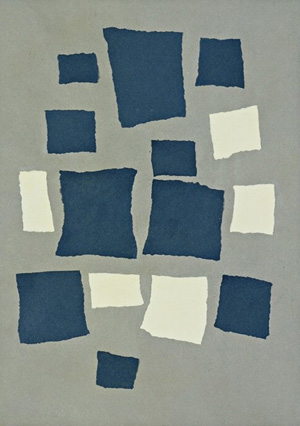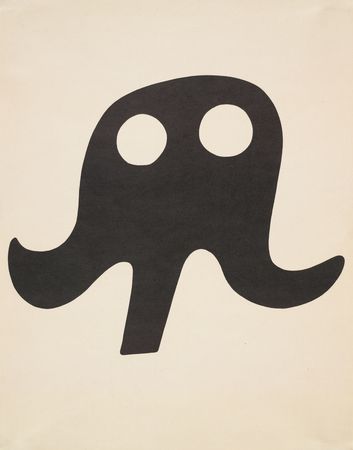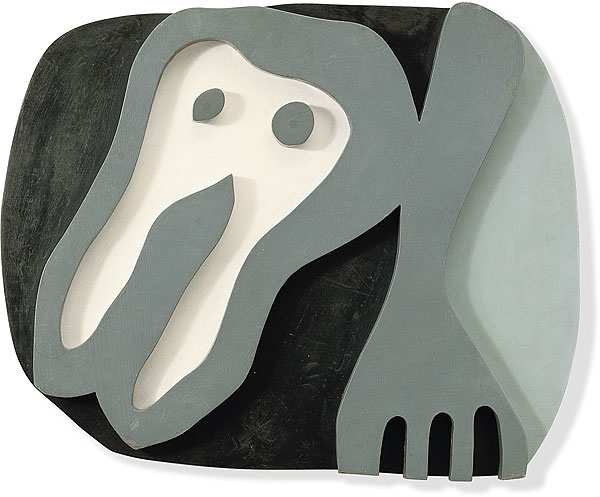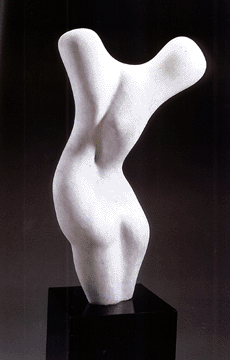Jean Arp (1886 – 1966)
Get a Jean Arp (1886 – 1966) Certificate of Authenticity for your painting (COA) for your Jean Arp (1886 – 1966) drawing.
For all your Jean Arp (1886 – 1966) artworks you need a Certificate of Authenticity (COA) in order to sell, to insure or to donate for a tax deduction.
Getting a Jean Arp (1886 – 1966) Certificate of Authenticity (COA) is easy. Just send us photos and dimensions and tell us what you know about the origin or history of your Jean Arp (1886 – 1966) painting or drawing.
If you want to sell your Jean Arp (1886 – 1966) painting or drawing use our selling services. We offer Jean Arp (1886 – 1966) selling help, selling advice, private treaty sales and full brokerage.
We have been authenticating Jean Arp (1886 – 1966) and issuing certificates of authenticity since 2002. We are recognized Jean Arp (1886 – 1966) experts and Jean Arp (1886 – 1966) certified appraisers. We issue COAs and appraisals for all Jean Arp (1886 – 1966) artworks.
Our Jean Arp (1886 – 1966) paintings and drawings authentications are accepted and respected worldwide.
Each COA is backed by in-depth research and analysis authentication reports.
The Jean Arp (1886 – 1966) certificates of authenticity we issue are based on solid, reliable and fully referenced art investigations, authentication research, analytical work and forensic studies.
We are available to examine your Jean Arp (1886 – 1966) painting or drawing anywhere in the world.
You will generally receive your certificates of authenticity and authentication report within two weeks. Some complicated cases with difficult to research Jean Arp (1886 – 1966) paintings or drawings take longer.
Our clients include Jean Arp (1886 – 1966) collectors, investors, tax authorities, insurance adjusters, appraisers, valuers, auctioneers, Federal agencies and many law firms.
We perform Jean Arp art authentication, appraisal, certificates of authenticity (COA), analysis, research, scientific tests, full art authentications. We will help you sell your Jean Arp or we will sell it for you.

Configuration
Jean Arp was a German-French sculptor, painter, and poet who was born in Strasbourg. The son of an Alsatian mother and a non-Alsatian German father, he was born during the brief period following the Franco-Prussian War when the area was known as Alsace-Lorraine (Elsass-Lothringen in German) after it had been returned to Germany by France. Following the return of Alsace to France at the end of World War I, French law determined that his name become Jean. (When Arp spoke in German he referred to himself as “Hans”, and when he spoke in French he referred to himself as “Jean”. Many people believe that he was born Hans and latter changed his name to Jean, but this is not the case.)

Collage with Squares Arranged According to the Laws of Chance, 1916-1917
In 1904, after leaving the école des Arts et Métiers in Strasbourg, he went to Paris where he published his poetry for the first time. From 1905 to 1907, Arp studied at the Kunstschule in Weimar, Germany and in 1908 went back to Paris, where he attended the Académie Julian. In 1915, he moved to Switzerland, to take advantage of Swiss neutrality. Arp later told the story of how, when he was notified to report to the German embassy, he avoided being drafted into the army: he took the paperwork he had been given and, in the first blank, wrote the date. He then wrote the date in every other space as well, then drew a line beneath them and carefully added them up. He then took off all his clothes and went to hand in his paperwork. He was told to go home.

Composition, Wood Cut
Arp was a founding member of the Dada movement in Zürich in 1916. In 1920, as Hans Arp, along with Max Ernst, and the social activist Alfred Grünwald, he set up the Cologne Dada group. However, in 1925, his work also appeared in the first exhibition of the surrealist group at the Galerie Pierre in Paris.

Before my Birth, 1914
In 1926, Arp moved to the Paris suburb of Meudon. In 1931, he broke with the Surrealism movement to found Abstraction-Création, working with the Paris-based group Abstraction-Création and the periodical, Transition. Throughout the 1930s and until the end of his life, he wrote and published essays and poetry. In 1942, he fled from his home in Meudon to escape German occupation and lived in Zürich until the war ended.

Mustache Hat, 1923
Arp visited New York City in 1949 for a solo exhibition at the Buchholz Gallery. In 1950, he was invited to execute a relief for the Harvard University Graduate Center in Cambridge, Massachusetts and would also be commissioned to do a mural at the UNESCO building in Paris. In 1954, Arp won the Grand Prize for Sculpture at the Venice Biennale. In 1958, a retrospective of his work was held at the Museum of Modern Art in New York City, followed by an exhibition at the Musée National d’Art Moderne, Paris, France, in 1962.

Shirtfront and Fork
The Musée d’art moderne et contemporain of Strasbourg houses many of his paintings and sculptures. Arp’s first wife, the artist Sophie Taeuber-Arp, died in Zürich in 1943, and he subsequently married the collector Marguerite Hagenbach. Arp died in 1966, in Basel, Switzerland.

Torse de Pyrenees
Reviews
1,217 global ratings
5 Star
4 Star
3 Star
2 Star
1 Star
Your evaluation is very important to us. Thank you.
